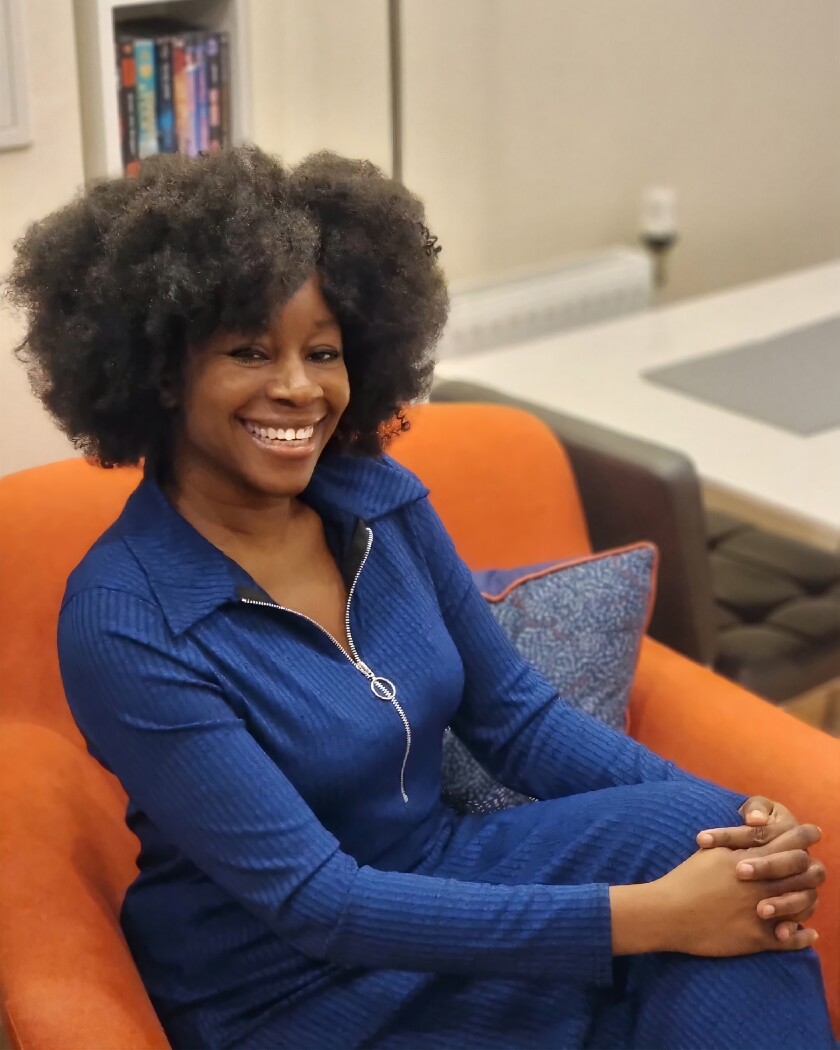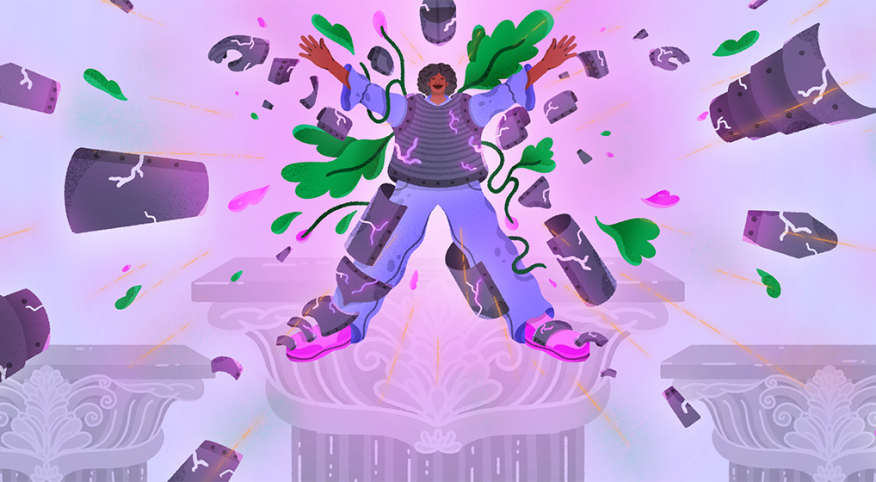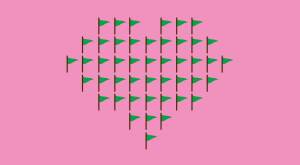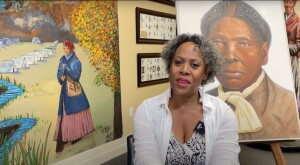As a writer of historical fiction, I get to rewrite history that has previously been whitewashed. As a psychotherapist, part of my aim is to accompany people on their journey to mental well-being and to reframe their perspective on a traumatic history that cannot be rewritten.
Both allow me to truly tap into my creative side as well as give in to a need to help others. Yet within the necessity to create this safe space, whether it be through the pages of a book or inside a consulting room, there needs to exist a way of keeping myself safe. Something I believed I had been doing quite adequately over the years.
As a writer of historical fiction, I get to rewrite history that has previously been whitewashed. As a psychotherapist, part of my aim is to accompany people on their journey to mental well-being and to reframe their perspective on a traumatic history that cannot be rewritten.
Writing my latest novel tested this belief. The Attic Child was inspired by a little boy who had been taken from his homeland in the continent of Africa by a white male Welsh American “explorer.” I began to resonate with the feelings of displacement my main character, Dikembe, felt on a daily basis. Also, as a Black woman, it was not unusual for me to step into spaces where I didn’t feel welcome — just like he did.
Life soon began to imitate life when statues of such explorers were being torn down around the world, while finally emerging in society was this new realization that racism was a real thing and not a card sometimes pulled out of our pockets to make a point.

Art Imitates Life
Terms like “microaggressions” and “white privilege” were now routinely discussed not only online but on news segments on every major network, as if they were new concepts. Black squares on Instagram in “support.” Everywhere I turned, the experiences of Black people were being discussed, along with that horrifying video of a Black man, someone’s son, being murdered, constantly playing on loop. Whether scrolling online or simply running into a neigbor in the street, I felt clouded not only by distress, but by an air of expectation of having to be grateful that the rest of the world was now, finally, realizing my pain.
Generally, it is my belief that healing needs to be an ongoing process. But because the very cause of the trauma was now amplified and highlighted much more than usual, it became essential in the moment and needed to be ramped up. I was in the process of writing The Attic Child, a book based on imperialism and historical racism, while treating clients also experiencing trauma. I was writing about two children locked in an attic, while experiencing a strict stay-at-home government order that would last for months.
The Attic Child was inspired by a little boy who had been taken from his homeland in the continent of Africa by a white male Welsh American ‘explorer.’
Life imitated art in the darkest of ways.
Exhaustion flooded my body. Watching the news was out, simply as a way of self-preservation. I had no desire to watch a human being’s last moments on TV (an indignity that appears to be reserved for people with my skin color), or listen to the endless discussions about race — my lived experience — from coworkers or strangers on the screen who would never know what the experience truly felt like.Healing Racial Trauma
So many emotions, and with anger bubbling below the surface. That wasn’t an emotion someone like me was allowed to have without being labeled and then having to deal with the guilt of perpetuating a stereotype. Yet, for once, I did not possess the strength to apologise for this emotion. I allowed it. I encouraged it.
I was writing about two children locked in an attic, while experiencing a strict stay-at-home government order that would last for months.
Similarly, I was no longer going to just “get on with it,” as we like to say in the U.K. Indeed, haven’t Black women for centuries had to do just that and face whatever is thrown at them? Whether this means families being ripped apart as a result of slavery or cultures being diluted by colonialism, or today, especially in certain workspaces, having to automatically take on the strong persona in order to survive?
Anger, exhaustion and much more are symptomatic of racial trauma, a phenomenon I work with as a psychotherapist. And here I was, experiencing similar emotions and feelings that had been retriggered by the events in the world. The need to practice what I teach hit me like a slap in the face. If racial trauma has the potential to take us away from the path of healing, I was in danger and had to act fast. I wasn’t alone. Speaking with other Black friends, I found that the message was the same: We are tired.
My battery was dangerously low, and I had to get my power back.
Not the superhero powers I used to cling to when I was younger and believed I could be everything to everyone, but simply the ability to feel empowered in a society that tries its hardest to make me feel the opposite. A phenomenon I noticed the first time I was called the n-word as a child, all the way to now, when a security guard follows me around a store.
My battery was dangerously low, and I had to get my power back … the ability to feel empowered in a society that tries its hardest to make me feel the opposite.
It was important to remind myself that I matter, to decolonize my thinking, which may have been influenced by white supremacist belief systems, where its default position is to refuse to take me as more than a negative internalized view of who I am.
And I had to start with me.A Complex Childhood, a Comingling of Cultures

Growing up in the U.K. as a teenager, I wore my (invisible) strong Black woman Supergirl T-shirt with pride. I didn’t need anyone! An unconscious, or even conscious, reasoning that I was strong enough by myself, an island. That same tired old adage playing in my head: I can do bad all by myself. An attitude that crept into both my adult behavior and my life. Perhaps I was simply carrying on the generational legacy of the strong Black women in my own family, the mother figures and aunties. Or this was an understandable reaction to having been a transculturally fostered child for a lot of my childhood. This in itself is unconventional, unique, especially as I lived in both Africa and England. But instead of feeling “divided” between two cultures, it allowed me to seek and embrace who I am as an African, Nigerian, Black British woman.
But slowly, I grappled with the task of healing by working on myself through my own therapy and faith. I realized that holding on to childhood anger was simply hurting me and no one else. That being strong enough to not need anyone was a narrative that no longer served me.
How did I do this?
It was important to remind myself that I matter, to decolonize my thinking.
With constant back-and-forth, second-guessing and a lot of guilt! The popularity of grind culture and working till you drop (a.k.a. “I’ll sleep when I’m dead”) have not helped. To ensure I did not tap into such thought processes, I had to be mindful of nurturing and self-soothing, which sometimes meant making time to rest and do nothing. Absolutely nothing. To be still. While accepting the guilt that can sometimes come with that. It’s been satisfying to witness the rise of messages such as: Rest can also be revolution. Indeed, it is vindicating!
Then there was the issue of always putting others before myself and how problematic that can be.
Hear me out on this one.
For me to be able to help others, I have to make sure I’m OK. Just like on a plane, where parents are advised to make sure they are fitted with the safety equipment first, even though a parent’s instinct may be to make sure the child is secured first. I have to do the same. I am in such a privileged position of accompanying people on their journey to mental well-being, it would be a disservice to them if I wasn’t also taking care of me. Yet to do that, I have to change my whole mindset. I am not a superhero or a strong Black woman, and that’s absolutely fine! I will allow myself the space to be vulnerable, soft, even when the world refuses to see me this way. To not be clouded in shame if I have to cancel plans with a friend because “I am just not up to it.” To reclaim the word “selfish” and turn it into something positive.When “Selfish” Means “Boundaried”
Sometimes I have to be “selfish” to protect my peace.
Even writing that sentence feels earth-shattering. But “boundaried” can also be used in place of “selfish,” if that’s more palatable!
To acknowledge that I can’t always be bothered to wear this intense mask of strength, and be at peace with that, was such an eye-opening revelation. It felt freeing.
Writing The Attic Child, with so much noise in the world, threatened to dismantle these healthier processes I had built for myself. Yet thankfully, through working with clients, I was reminded of ways in which to take care of me. Because by advising and assisting my clients with self-care during this turbulence going on around us all, I was able to relate this back to myself.
I grappled with the task of healing by working on myself through my own therapy and faith.
By helping others, I was also helping me.
Even now, there are those for whom my vulnerability is just too much. Friends, family. I clock it in their surprised expressions when I plainly admit I’m emotionally spent and that sometimes I just … can’t. But I forgive that, because they’re not used to this side of me. I take full responsibility for which parts of me I have allowed them to see over the years. I like to visualise life as an open-top steam train. The journey will include various stops and starts, with some passengers (the people in your life) choosing to jump off or get on. I had to learn to be at peace with allowing those who decided to leave the train (my life) willingly, because they could not deal with the newer version of me. The new me who sets boundaries to protect her own rest and well-being; who says yes, but is not afraid to say no; and who can lean into the joy of it all.
I realized that holding on to childhood anger was simply hurting me and no one else. That being strong enough to not need anyone was a narrative that no longer served me.
Nowadays, I am happy to wear an actual Supergirl T-shirt. It’s gray with pink lettering and exists on my body simply as a shout-out to the fictional superheroes of my youth. Nothing more.
The only superpower I need is peace.











